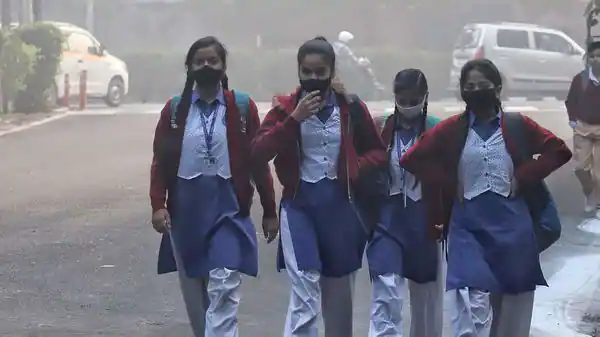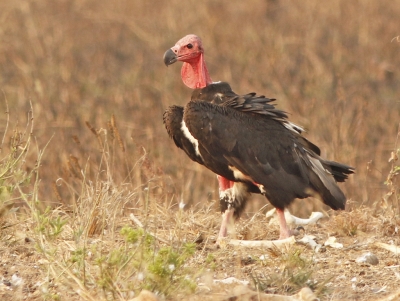
New research suggests that simple measure that can be implemented in many schools has a telling influence on air quality. Schools form an integral part of childhood. Worldwide, an estimated 10 million students spend 30% of their daily lives at schools. Out of their duration at school, 70% of the time is spent indoors. Low air quality in such environments leave the children vulnerable to many respiratory diseases, behavioural problems, affect lung and brain health, and even lead to an increased risk of cancer.
Poor air quality
Many schools in our country breach the limits set by the World Health Organisation for air quality. In such a climate, enhancing the surroundings in whatever little way helps in the overall scheme of things. There’s good news, however, as new research suggests that simple measures that can be implemented in many schools has a telling influence on air quality.
In a paper titled “Investigation of air pollution mitigation measures, ventilation, and indoor air quality at 5 three schools in London”, researchers from the University of Surrey listed their findings. The paper, published in the journal Atmospheric Environment, is available online and will be part of the 1 ? issue dated November 15, 2022.
Simple initiatives
Researchers investigated if putting up a green screen along the perimeter of the school, installing air purifiers in classrooms, and organising street initiatives during drop-off and pick-up hours had an effect in classrooms and playgrounds. They did this by working with a select number of London schools.
Installation of air purifiers in classrooms reduced indoor pollution concentrations by up to 57%. The street initiatives, which forces motor vehicles to not ply on roads with schools at the start and end of school days, reduced the particle concentrations by up to 36%.
Based on wind conditions, green screens at school boundaries were also effective. In the best case, they were able to reduce some of the most dangerous outdoor particle levels from the roads by up to 44%.
As ensuring that schools have green perimeters, lesser vehicular traffic during pick-up and drop-off, and installing air purifiers in classrooms are simple and affordable techniques, these can be replicated everywhere. While their effectiveness would have to be studied further, methods like these will eventually ensure that schools remain safe spaces to learn.
Picture Credit : Google





